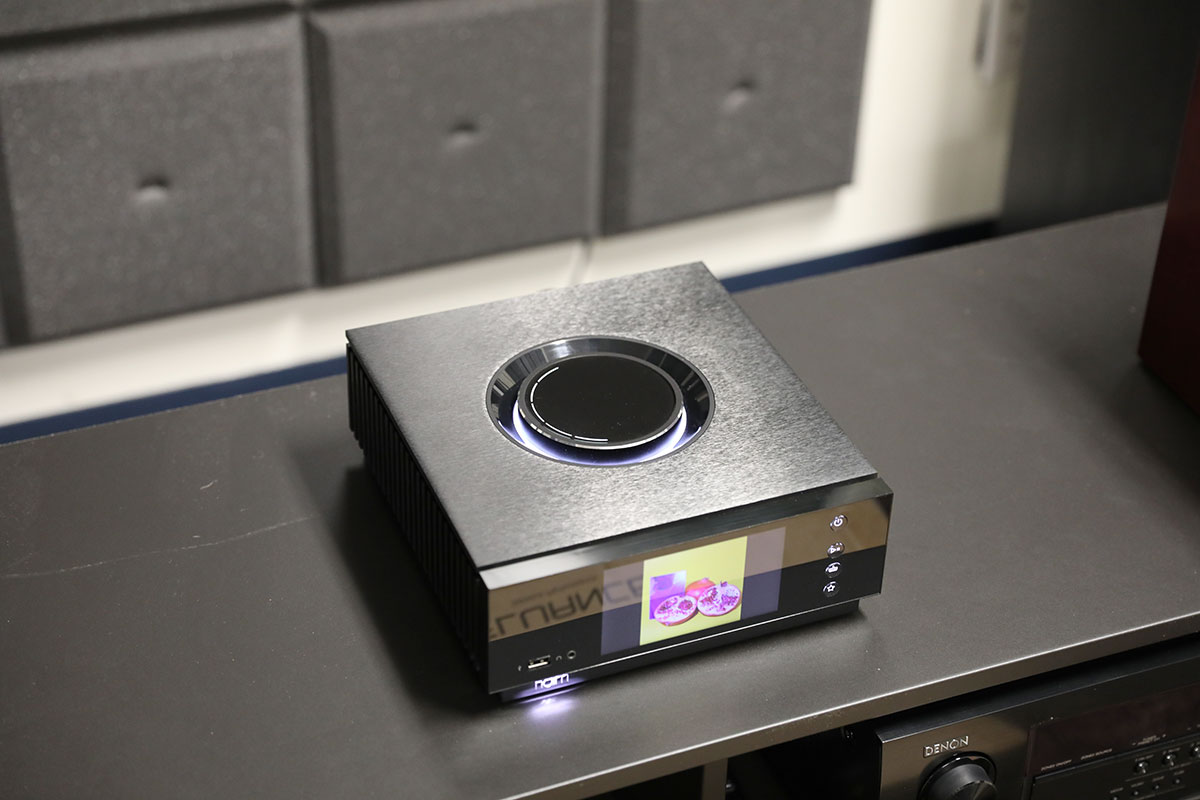
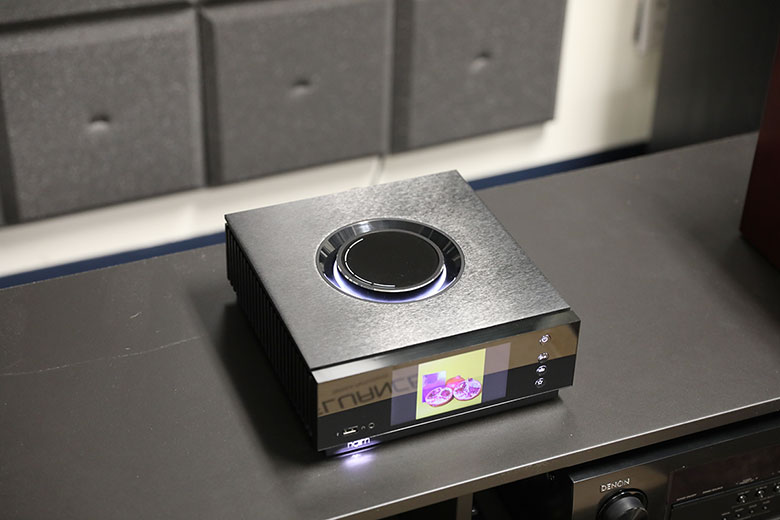
The Master Switch


The Master Switch
A music streamer is a device that takes audio from one location and directs it to be played from another. If you’re into streaming, and you want to boost the sound of your system, then a good music streamer is absolutely essential. In this article, we’ve broken down the key steps to choosing a music streamer, from sources and file size to amps, DACs, and storage. For a look at our top picks, see our article on the best music streamers.
The most important advice we can give to anyone looking to buy music streamer is this: always buy for your listening style. Think about what kind of music sources you typically listen to and choose a streamer that supports them.
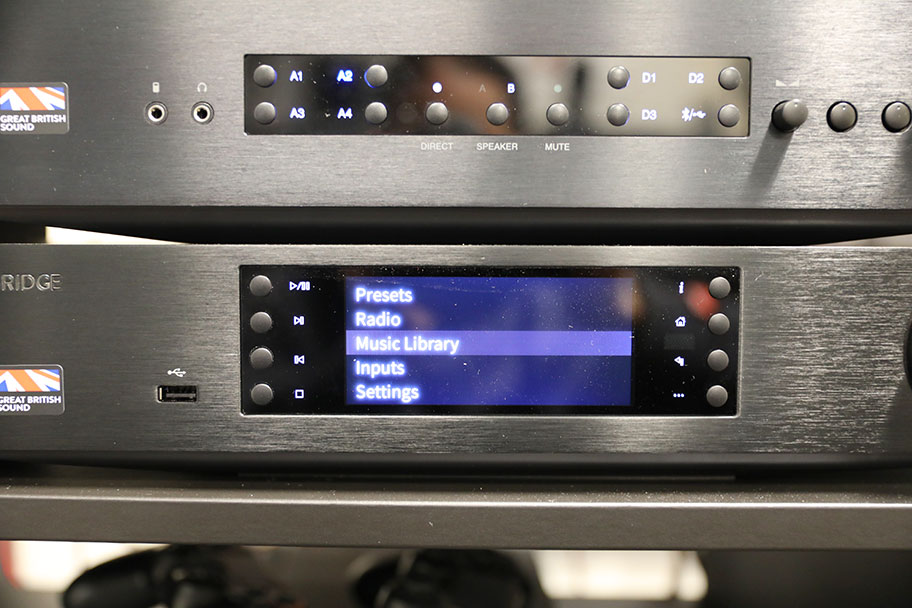
If you listen to strictly digital streaming audio, like that from Tidal or Spotify, then all you need in your music streamer is a Wi-Fi connection. If you also listen to music files you have stored on a hard drive, then you want to make sure that your streamer has the ability to connect to the drive. If you, like us, still occasionally listen to CDs, then it may be worth investing in a streamer with a CD player (they do exist). Those streamers may also give you the ability to rip files off a CD and store them on an internal hard drive. But the main point here is this: if you don’t listen to a particular music source, and don’t plan to in the future, then there’s no point in choosing a streamer that can handle it. Save your money and spend it on features you actually need.
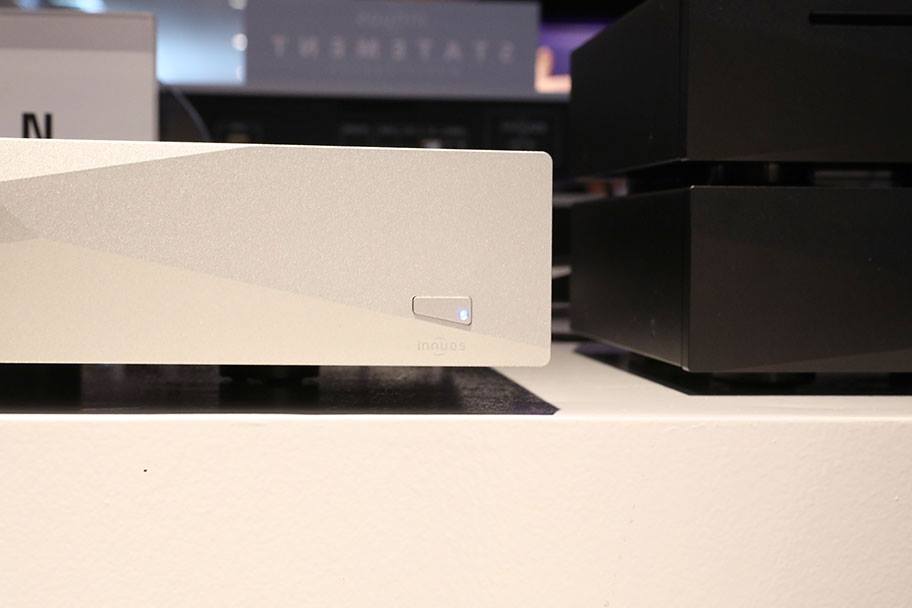
When music streamers were first introduced, they were simply boxes that acted as air traffic controllers. They told audio where to go, sending it to a separate DAC or amp. However, manufacturers quickly caught onto the fact that listeners like single box systems, so they started incorporating streaming technology into their amps. What this means is that you can have a single box that handles your music streaming, your file conversion, and your amplification. All you need to do is plug it in, connect speakers to it, and start streaming.
It can be a fun and straightforward way to manage hi-fi system, but there are a couple of things worth bearing in mind. Firstly, music streamers with included amps are typically more expensive – if you look at the streamers on our list of the best of this year, you’ll quickly see that those with amps cost quite a bit more. Secondly, the included amplification is not always as good as it could be. As an example, the Sonos Amp (full review here) is an excellent streamer, and offers good sound, but suffers in comparison to dedicated amps.
In our opinion, if you can, you should always purchase a dedicated amplifier and connect your music streamer to it. This is the best way to guarantee high quality sound. To be clear, you certainly won’t be shortchanged if you go for a streamer with amp capabilities – just ask anybody who has heard the outstanding Naim Uniti Atom (full review here). But if at all possible, we recommend having a separate amplifier.
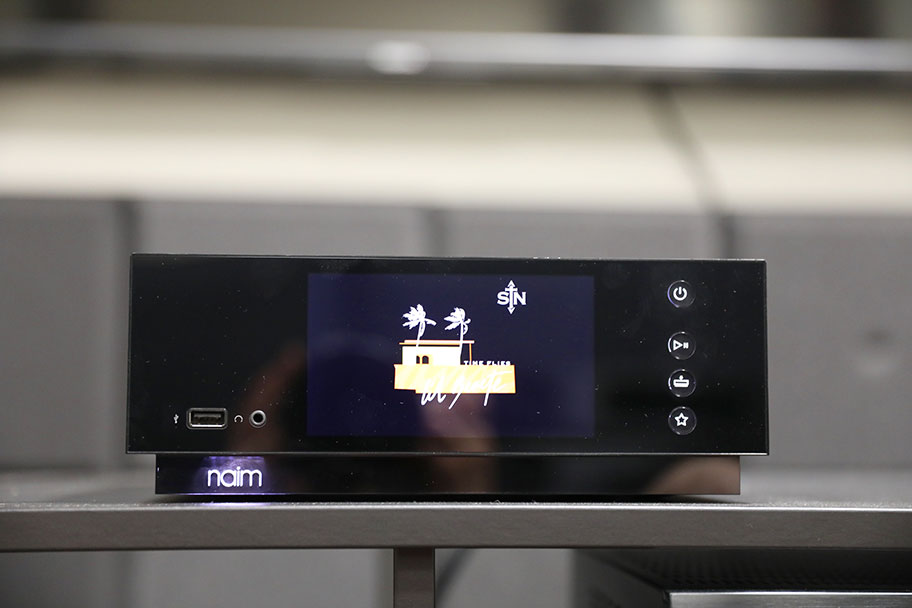
Digital-to-Analog Converters, which turn your digital music into an audible electrical signal, are typically included within music streamers. There are very few that don’t have some sort of DAC chip, and even if they don’t have an amp included, they usually have some form of analog output. What this means is that you don’t necessarily have to think too hard about whether or not a streamer can convert your digital files to an analog signal – chances are, it will be able to do this quite easily.
Where this distinction becomes important is if you already own a DAC. If you do, and you like it, then there’s absolutely no point in paying for a music streamer with an included DAC. All you need is a simple streamer with digital outputs that can handle your source, like the Audiolab 6000N Play. We will say that your options here might be a bit limited, so it’s perfectly fine to have a streamer with an included DAC, as long as you have the ability to bypass it.
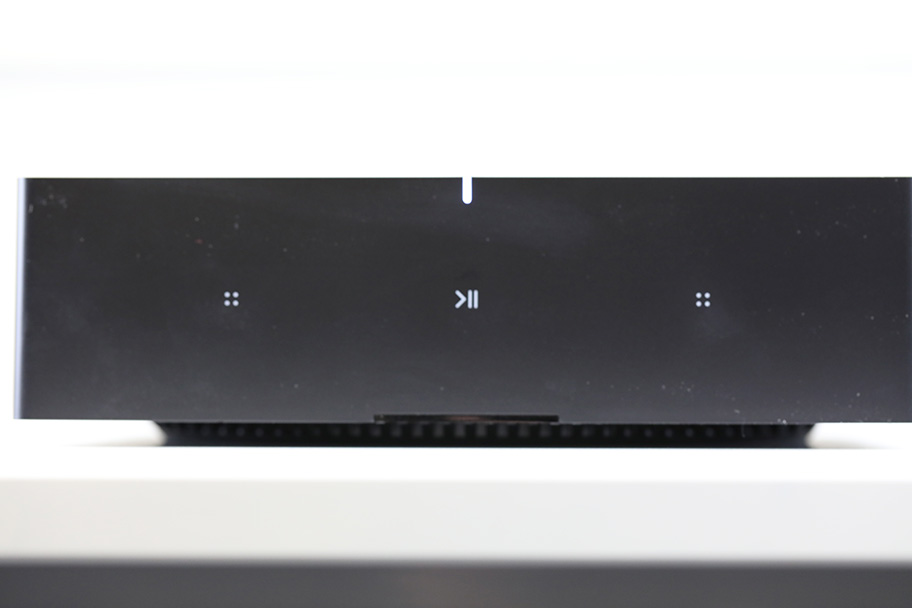
Streaming music may be king, but we aren’t that far removed from the days of digital downloads. It’s entirely possible that you may have a huge archive of songs that you want to listen to, stored on a hard drive somewhere. You may even have a bunch of CDs you’d like to digitize. If that’s the case, it may be worth looking at a streamer that includes internal storage.
The downside is that these are relatively rare and expensive. We can only think of one off the top of our heads: the $5,500 Aurender A10, which has 4TB of internal storage. Fortunately, there’s a workaround for those who don’t want to spend a small fortune on the A10. It’s quite easy to buy what’s known as a Network Attached Storage (NAS) drive. This is essentially a large hard drive that acts as a media server. Your chosen music streamer will connect to it through a process called uPNP (Universal Plug 'N Play). This method gives you the benefits of storage without having to spring for a streamer with an internal hard drive.
The best part about this is that it’s cost-effective. Our favorite NAS drive is the WD My Cloud Personal. It costs less than $200, and coincidentally, also has 4TB of internal storage. We believe that an inexpensive streamer with a separate NAS drive is the ideal solution for those with digital files. This is true even if you have CDs, which can be ripped to your computer, transferred to the NAS drive, and played directly. It’s possible to get streamers with CD players, but like those with included storage, they tend to be quite expensive.
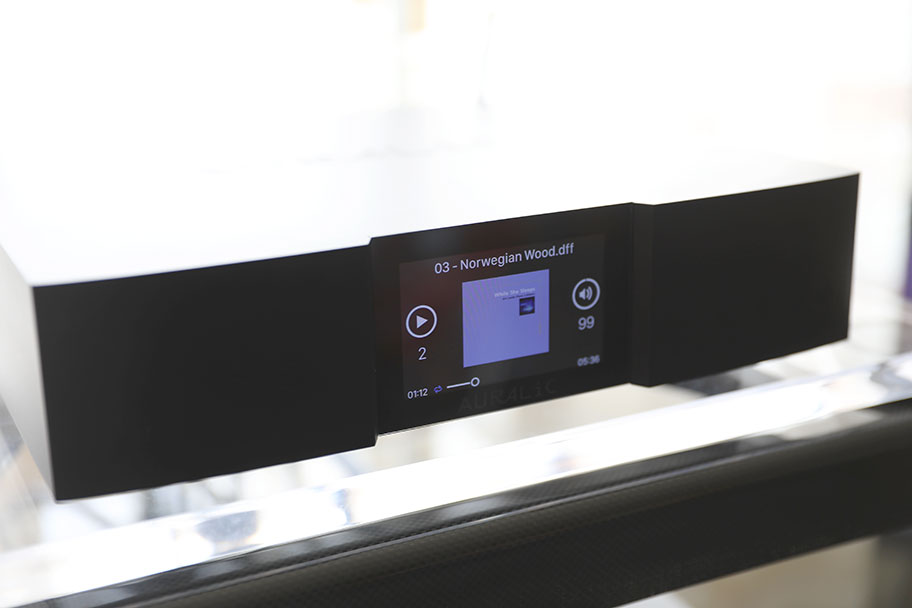
You can’t hang around the world of music streamers for long without hearing about Roon. A while back, a man named Enno Vandermeer looked at the world of music streamers and thought: what if we had a single piece of software to pull multiple music sources together into a single interface? One that would allow you to stream music, listen to your digital music collection, and even stream Internet radio. Then Roon was born and changed the game.
Roon is a piece of software, and it is brilliantly simple. It operates off your laptop or PC or NAS drive, and is the hub through which all your music travels through. Once you’ve hooked up your various services, Roon pulls them all in, displaying them in a single interface. You can also access it with your phone and tablet, as long as they are on the same Wi-Fi network. It then tells the information where to go, sending it to your music streamer. It’s become so ubiquitous in the world of music streamers that many of them frequently advertise themselves as Roon Ready, which means they will be directly selectable from the Roon interface. Here’s more on how the software works.
If you have multiple music sources, then Roon is a must-have. It’s brilliantly designed, and even displays well-written biographies for artists, turning the software into somewhat of a digital magazine. The downside is that it’s expensive: at $119 a year or $699 for lifetime membership, Roon’s price is on par with most actual music streamers!
In our opinion, Roon is wonderful and we use it every day, but you absolutely don’t need it to enjoy your music streamer. Very obviously, Roon Ready streamers are a touch more expensive, so don't be afraid to ignore this if you don’t want to spend the money. There are also workable alternatives, such as JRiver and Audirvana, but they don’t look quite as good or work quite as well as Roon.
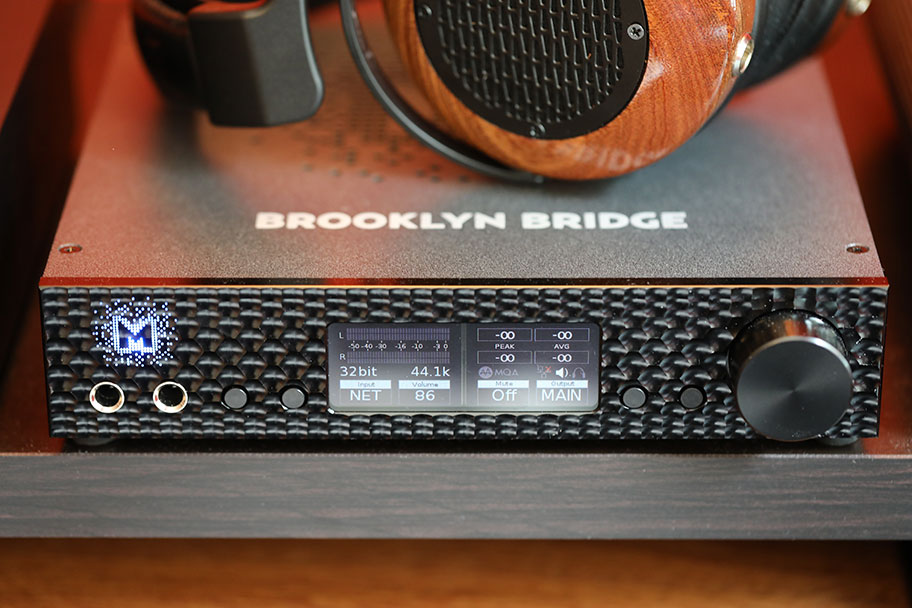
Digital audio, either streamed wirelessly or from a hard drive, has a few key parameters you need to be aware of. The two big ones are sample rate and bit depth, which both refer to the amount of information a particular music file holds. The sample rate reflects how many times the original sound in the studio was recorded, or sampled, per second. This value is measured in Hertz (Hz). So, a sample rate of 768kHz translates to 768,000 Hertz, which is stupendously high. Bit rate is the amount of information encoded in each sample. Just like sample rate, the higher the numbers, the better. You can get a much more detailed explanation of how this all works here.
You also need to know what type of files you listen to. This is less important for streaming audio, where the file type is largely determined by the streaming service, but if you have a hankering to listen to the highest quality audio possible, then you may want to check that your streamer can handle a couple of specific file types. The first is MQA, a high resolution file format unique to the Tidal streaming service. The second is DSD, which is a file type with an exceptionally high sample rate (even up to two million Hertz). Not every streamer will be able to translate these two files. So, if you know you’re going to be hunting down the highest quality audio possible, it may be worth investing in something like the Mytek Brooklyn Bridge, which is known for MQA support.
One other thing to bear in mind is that certain inputs and outputs restrict file size but will still play them in a lower resolution. For example, optical inputs typically don’t take anything over 96kHz in size, and any audio larger than that will be scaled down to a compatible size.
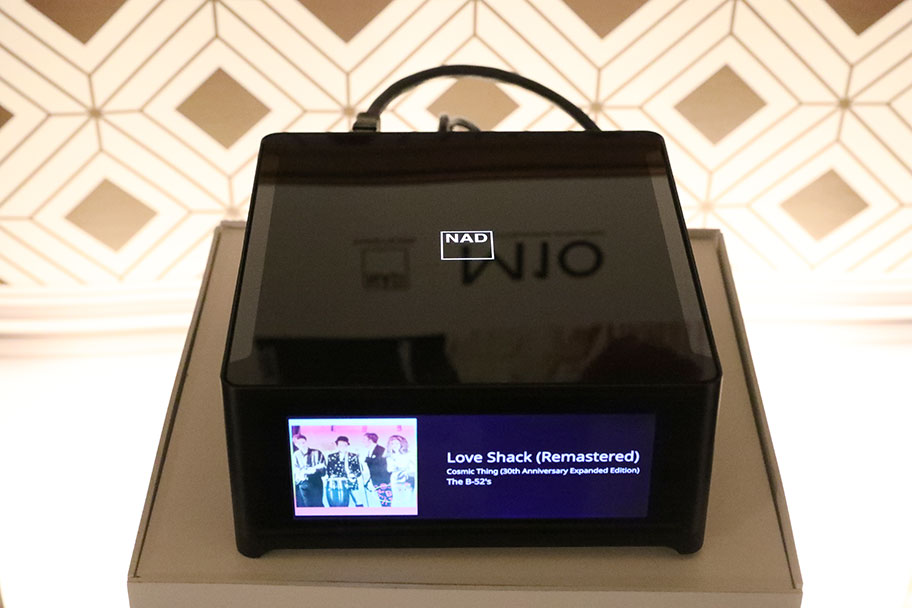
When you’re in the market for a music streamer, you will frequently come across products labelled music servers. If you’re interested in streaming audio wirelessly, then you do not want to buy music server. It’s essentially a dedicated hard drive - usually with the CD ripper attached - and typically doesn’t have the ability to stream wireless audio. You are far better off going for something specifically labelled music streamer. Note that you also see music streamers labelled as streaming amps, streaming DACs, or network streamers. They are, for all intents and purposes, the same thing.
By now, a quite logical question has probably occurred to you. If the point of getting a music streamer is to have a convenient, single box way to pull audio in from somewhere else, then why not go one step further? Why not attach a speaker to it? Why not, in other words, buy a wireless speaker?
It’s true that wireless speakers could technically be counted as music streamers, in the sense that they play audio wirelessly from a separate source. However, we consider them different beasts. Remember, the advantage of paying for a dedicated music streamer is that its internal components will be specifically dedicated to streaming music, not playing it. There’s nothing wrong with a good wireless speaker, but its design and electronics will essentially be pulling off two roles. A dedicated music streamer will not have to worry about drivers, amp power, or audio fidelity from a speaker. If you do want a good wireless speaker, we’ve got a list of the best available right here.
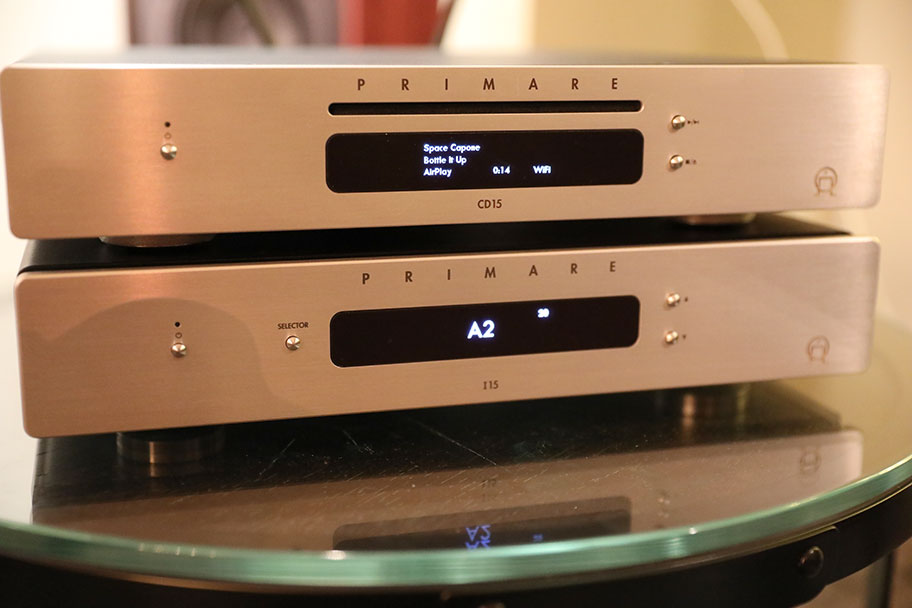
The downside of music streamers is that they are frequently more expensive than other types of audio equipment. This is because they’re considered to be highly technical, and require quite a bit of proprietary electronics to accomplish their tasks. Having said that, it’s very possible to get a good music streamer for under $200, but not very far under. The Yamaha WXAD-10, for example, can be had for $160.
Typically, however, you will find that your choices grow exponentially once you get above $500. It’s also very possible to spend a lot of money on a music streamer; we’ve seen models that cost upwards of $6,000, from the likes of Linn and Naim. Beyond that point, improvements are likely to be very small. You will struggle to find music streamers in retail stores – even some specialist audio stores don’t have them. You’ll have a far better time if you go online, as sites like Amazon have hundreds of models available.